Ace Aircraft
Classic Ace Aircraft Models
All Classic Ace models are Experimental-Amateur-built and comply with the FAA 51% rule. You can build your Classic Ace solely from plans or purchase CNC-cut, tack-welded, or fully welded steel components and Quick-build wing kits. Wing fuel tanks and electrical systems are also optional. Contact Ace Aircraft for details and pricing.
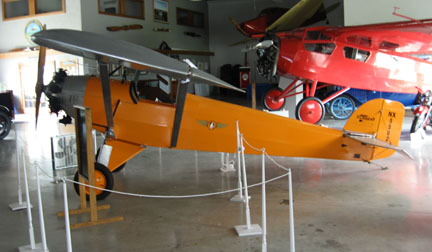
Baby Ace Model B
The Baby Ace Model B is the original, classic version of the Baby Ace first built by Mr. Corben in 1929, and which appeared numerous times in Popular Aviation magazine. It has outrigger landing gear, a rounded horizontal tail, and a square-shaped vertical tail.
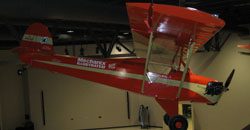
Baby Ace Model C
Mr. Stanley Dzik modified the Baby Ace drawings to meet the current CAA standards. The result was the Baby Ace Model C. Many of the modifications were the inclusion of Piper J-3 Cub parts such as the landing gear, cowling, and fuel tank. The aircraft also has rounded tailfeathers.
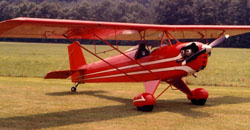
Baby Ace Model D
In 1956, Mr. Dzik once again helps to modify and re-engineer the Baby Ace Model C to create the Baby Ace Model D. The Model D has a more modern design with contemporary tailfeathers.
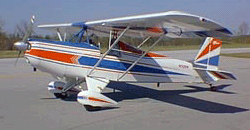
Junior Ace Model E
When the Homebuilt Revolution was resurrected in the 1950s, with it came a demand for a two-seat homebuilt aircraft. To satisfy this demand, the cabin of the Baby Ace Model D was widened to create the Junior Ace Model E in 1958.
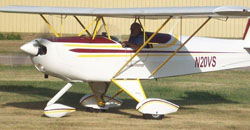
Junior Ace Model E (Nosewheel Option)
The Junior Ace Model E can also be built with an optional nosewheel.

CNC Precision Manufacturing
While the history of Ace aircraft dates back to the 1920s, the manufacturing techniques used to build Ace aircraft are modern and very high tech. Items such as fuselages, wings, and fuel tanks are manufactured using CNC processes which cut steel, aluminum, and wood to incredibly high tolerances. As a result, welding is simplified, building time is reduced, and quality is improved dramatically regardless of whether you purchase a pre-cut fuselage and tailfeathers to weld yourself or choose a tack-welded or factory-welded fuselage and tailfeathers. CNC cut wing ribs also allow you to decrease your building time while giving you a lighter, stronger overall wing.

Wing Fuel Tanks
When Mr. Corben first built his aircraft, the fuel tanks were located in the wings and had a limited fuel capacity—usually less than nine U.S. gallons. During the early 1950s when the Baby Ace and Junior Ace were revived, the redesigned aircraft had the fuel tanks in the fuselage between the instrument panel and engine.
Ace Aircraft has one again created wing fuel tanks for the Baby Ace and Junior Ace with each tank having a capacity of about 11.5 U.S. gallons each (about 23 U.S. gallons total). Wing fuel tanks are standard equipment on the Junior Ace Super Sport models and are optional on all other Ace aircraft we sell.
Additionally, these wing tanks can be retrofitted to any previously built Ace aircraft whose wings were built according to the 1958 series of wing plans—mainly the Baby Ace Model D and the Junior Ace Model E. Contact Ace Aircraft for details and pricing.

HISTORIC - INEXPENSIVE - FUN
©2023 - All Rights Reserved